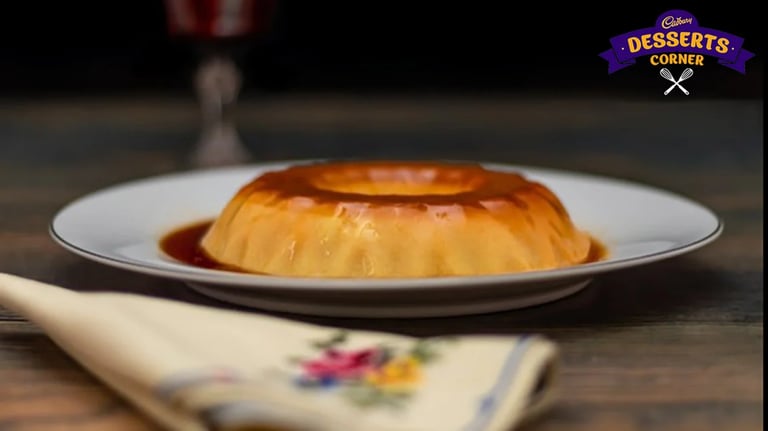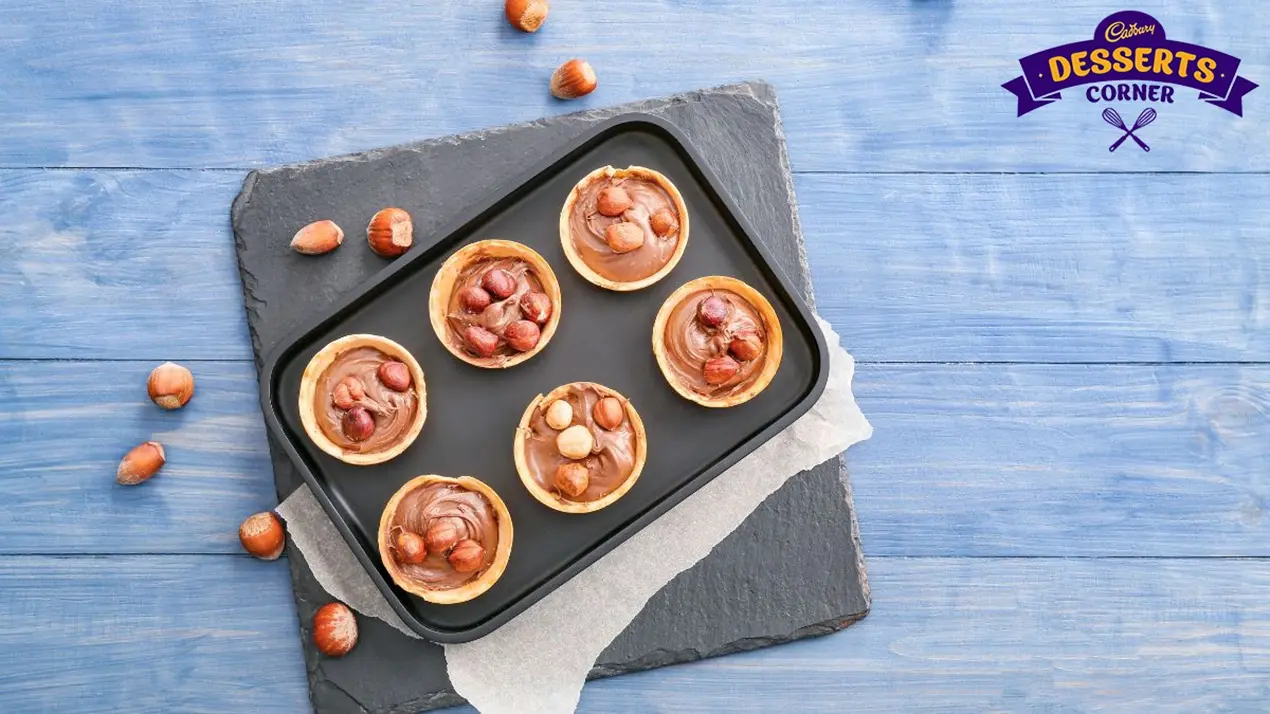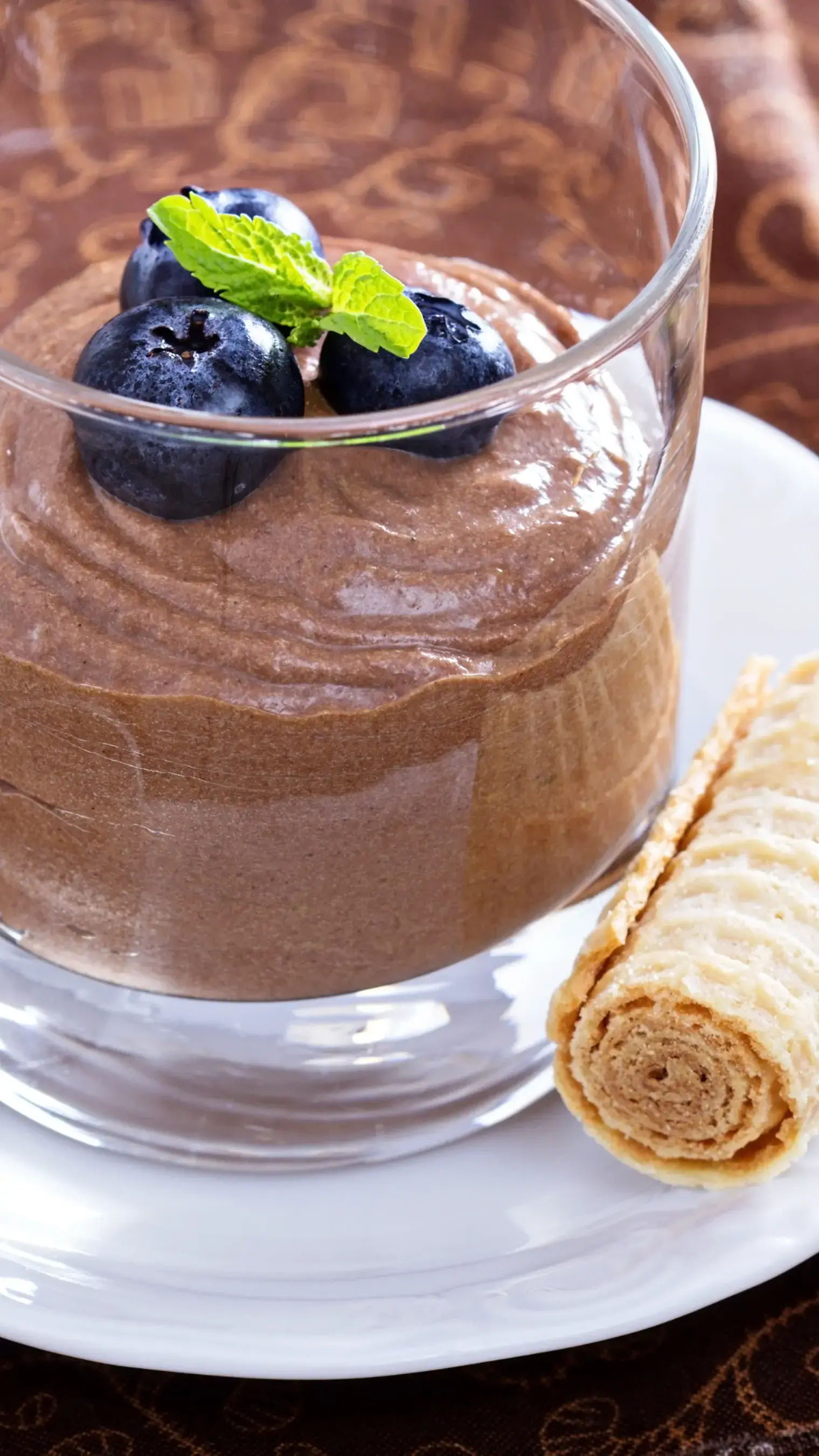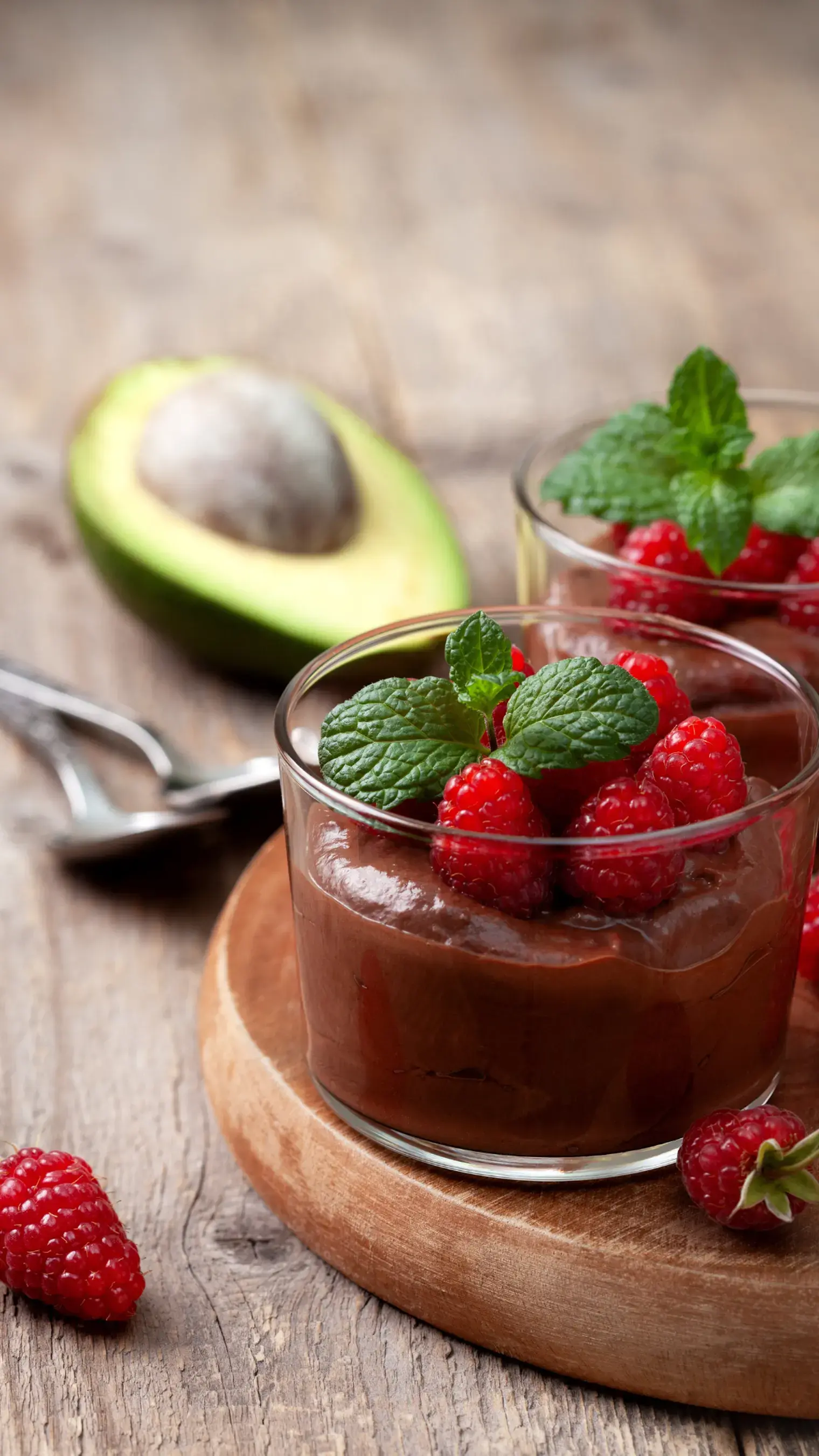Is your custard too runny or unevenly set? Maybe you need to switch up a few simple techniques to perfect a classic custard at home

Is your custard too runny or unevenly set? Maybe you need to switch up a few simple techniques to perfect a classic custard at home
Acing a custard at home can be a bit challenging; custard is essentially a mixture of eggs, sugar, and milk or cream. The key to a successful custard is controlling the temperature during cooking because too much heat can lead to curdling; gradual heating helps prevent the proteins in the eggs from coagulating too quickly and stirring the custard mixture constantly is crucial. This ensures even distribution of heat and helps prevent the eggs from scrambling.
Stirred custards are more prone to uneven cooking since consistency and texture are easier to monitor in baked and steamed custards. If you're making baked custard, the time is critical. In baled custards, overcooking can lead to a rubbery texture, while undercooking may result in a runny texture. A good trick is to combine the egg mixture with hot liquid; this tempering process can help prevent curdling. Some recipes recommend straining the mixture before baking or chilling the custard to remove any bits of unwanted egg. There are some other issues that may show up in the preparation of custard and here are some of the most effective solutions;
Cracked Custard
If your custard has curdled, it may not always be possible to save it. However, there are some fixes you can try before you give up. A curdled custard means that the eggs in the custard have cooked too quickly or at too high a temperature, causing them to clump together. You can try removing it from the heat. The residual heat in the pan can continue to cook the custard.
Transfer it to a cool metal bowl and use a whisk to vigorously beat the custard. This can sometimes help break up the curdled bits and smooth out the texture. Strain the custard through a fine-mesh sieve or cheesecloth to remove any remaining curdled bits. If the custard is still too thick or lumpy, gradually whisk in a small amount of cold milk or cream to thin out the custard and smooth its consistency. You can also try a starch binder like cornflour to even out the consistency.
Watery Custard

If your custard is too watery, maybe it needs more time to set. Return the custard to low heat and continue cooking, stirring constantly. Be patient and allow the custard to thicken gradually. Create a slurry by mixing a small amount of cornstarch or all-purpose flour with cold milk or water. Whisk the slurry into the custard and continue cooking until it thickens.
You can also beat additional egg yolks and slowly whisk them into the custard. This can help thicken it. Using arrowroot or tapioca starch can also be used to thicken the custard.
Unevenly Set Custard

If your custard is cooked unevenly or if some parts are firm while the other sections are watery, the custard can overcook partially. This can happen with both baked and stirred custards because sometimes, custard continues to set as it cools. If the custard is still warm and hasn't set uniformly, refrigerate it for a longer period. This gives the custard more time to set evenly.
Before removing the custard from the heat, make sure that it has reached the right level of doneness. It should be just set and slightly jiggly in the center. If you overcook it, it might result in an uneven texture.
If the custard is still uneven after cooling, you can try blending or pureeing it to create a smoother consistency. If the custard is consistently too soft, you can add a setting agent like gelatin. Dissolve a small amount of gelatin in cold water, heat it slightly, and then mix it into the custard.
A Strong, Unpleasant Egg Flavor
Stirred custards are more vulnerable to this problem since they lack the smokiness of baked custards and it can be difficult to mask the aroma of eggs used. Increasing the portion of milk or cream in your custard recipe will dilute the egg flavor and also create a creamier consistency. You can also Incorporate additional flavorings to mellow the strong egg taste, like vanilla extract, almond extract, nutmeg etc. You can also try caramelizing the sugar before adding it to the custard for a smokiness
Like This Article?
More Like This




Popular Articles




Trending Web Stories
Curated Recipes



















